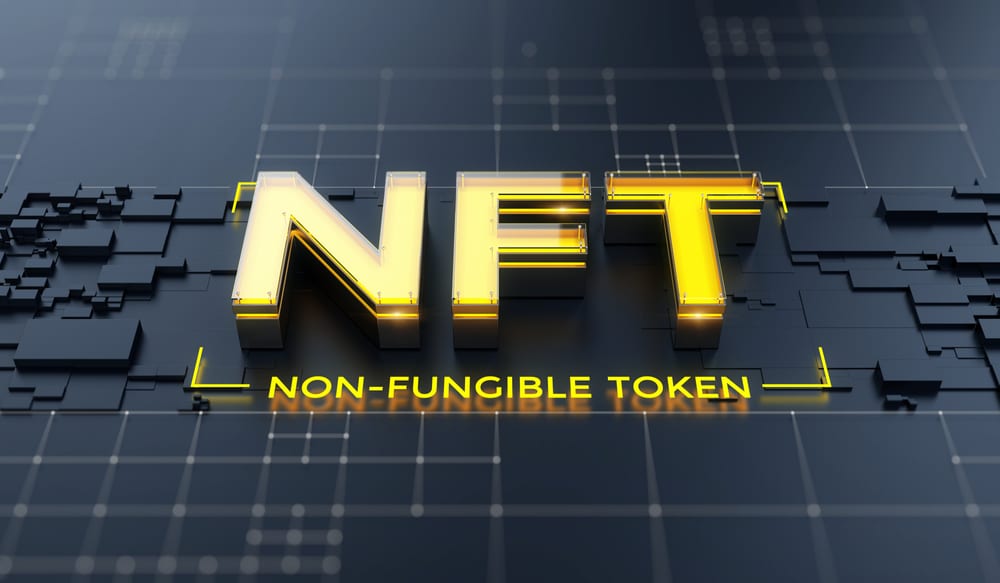Comprehensive Beginners Guide to Understanding CeDeFi and Its Impact on Finance

In recent times, amidst fluctuating market conditions, the uptake of cryptocurrencies has seen a notable surge. This expansion is attributed to the diverse applications of blockchain technology, not limited to traditional trading activities. The appeal of digital currencies has grown with the emergence of centralized and decentralized platforms, which offer innovative projects enabling revenue generation and staking possibilities. CeDeFi, a novel concept, marks a significant shift in this landscape.
Yet, the sector faces challenges. High-profile collapses like Celsius, alongside increasing fees on various platforms, have cast doubts over centralized finance (CeFi). Despite these hurdles, CeFi’s attributes, including user-friendly access and a consistent financial environment, are crucial in enhancing cryptocurrency’s practicality and broader adoption. CeDeFi emerges as a solution, amalgamating the best features of CeFi and decentralized finance (DeFi).
Understanding CeFi and DeFi
To grasp CeDeFi, one must first understand CeFi and DeFi.
CeFi encompasses traditional financial institutions that engage in the borrowing and lending of cryptocurrencies via regulated exchanges. This model mirrors conventional banking, where cryptocurrencies can be used as collateral for loans or to accrue interest through lending.
CeFi, while holding a larger market share than DeFi, does introduce security concerns due to its custodial nature, which could lead to vulnerabilities like hacking. Despite its popularity, with notable projects like Binance, Coinbase, and Diem, CeFi struggles with high fees, opacity, and limited user ownership.
DeFi, conversely, represents a range of financial services and products that leverage blockchain technology, operating autonomously from standard centralized institutions like banks. These platforms, accessible via decentralized applications, function on a peer-to-peer basis.
DeFi gives users complete control over their assets, utilizing blockchain protocols for transactions, including purchasing, selling, and trading.
What is CeDeFi?
CeDeFi is a blend of CeFi and DeFi, harnessing the strengths of both systems. CeFi represents traditional, bank-supported finance, while DeFi is rooted in cryptocurrency and smart contract technology.
CeDeFi integrates these models, benefiting from the centralized system’s efficiencies while facilitating access to DeFi products like yield farming tools, lending protocols, and liquidity aggregators. CeDeFi projects lean towards more centralized governance, typically overseen by a single or a small group of entities.
CeDeFi’s fusion of centralized and decentralized frameworks seeks to refine the conventional cryptocurrency model, enabling more significant transactions, reduced fees, enhanced security, and swifter processing.
CeDeFi’s inception is credited to Binance, which launched a new blockchain network in competition with Ethereum. Binance rebranded its blockchain as “BNB Smart Chains,” enhancing Ethereum’s design with lower fees and greater transaction capacity. Initially met with skepticism by proponents of decentralization, the BNB Chain gained traction for its project funding capabilities.
How does CeDeFi work?
To illustrate CeDeFi’s functioning, consider Midas Investment, a project employing this model. Midas Investment utilizes DeFi algorithms for transparency and realistic risk assessments, while the CeFi component maintains traditional yield processes, ensuring a smooth user experience.
CeDeFi offers a solution to circumvent the volatility of the crypto market, providing accessible, transparent financial services. This approach presents flexible investment options, allowing participants to align with their investment philosophies regardless of market trends.
Binance Smart Chain and CeDeFi
CeDeFi originated with Binance’s modification of the Geth (Ethereum Go client), resulting in the creation of the Binance Smart Chain in September 2020. This blockchain, operating alongside the BNB Beacon Chain, supported smart contracts and differed in aspects like gas limits per block, block time, and consensus mechanism from Ethereum.
While this approach sacrificed some decentralization for scalability and transaction efficiency, it adopted a Proof-of-Staked-Authority (PoSA) model, limiting transaction validation to specific participants.
Binance Smart Chain’s system comprises the top 21 active validators, chosen based on their BNB token stakes. These validators do not receive block rewards, and their number is restricted, leading to a more centralized blockchain, exemplifying the CeDeFi concept.
Exploring the Benefits of CeDeFi Usage
CeDeFi, a hybrid financial platform, facilitates the trading of cryptocurrency assets without the necessity of a centralized exchange.
A notable benefit of CeDeFi lies in its cost-effective nature. Transaction fees are significantly lower compared to similar platforms. For example, Binance CeDeFi offers more economical and swifter transaction processing, contrasting sharply with Ethereum’s high gas fees and network bottlenecks. Additionally, CeDeFi provides enhanced security measures, making it more challenging for cyber threats to penetrate than traditional banking infrastructures.
Accessibility is a crucial feature of CeDeFi, with the only requirement being an Ethereum wallet. This inclusivity lowers barriers to entry, particularly for newcomers, allowing them to delve into DeFi and access reliable trading options. CeDeFi’s adaptability surpasses traditional financial systems, offering tailored solutions for individual requirements. A case in point is Midas Investment’s strategy of diversifying investment risk by enabling exposure to various assets, termed the automated yield portfolio strategy, which includes a monthly rebalancing feature at no additional charge.
While DeFi faces regulatory hurdles, centralized finance entities can bridge the gap between conventional and decentralized financial systems, offering a more integrated experience. Transitioning to CeDeFi platforms provides users with a thorough lending, borrowing, or staking process and unparalleled transparency and control. This parallels the non-custodial DeFi platforms, where users are well-informed about asset management and understand the associated risks and rewards. Such a system broadens the horizon for participants while curbing potential risks.
Final Thoughts
CeDeFi is poised to revolutionize the existing financial framework. Initiatives like the Binance smart chain herald a future replete with changes in the CeDeFi sector. This paradigm increasingly captures the interest of those who advocate for democratic oversight in financial dealings. Nonetheless, it’s prudent for participants to remain vigilant against potential security breaches and fraudulent activities in this evolving field.
DISCLAIMER: It's essential to understand that the articles on this site are not meant to serve as, nor should it be construed as, advice in legal, tax, investment, financial, or any other professional context. You should only invest an amount that you are prepared to lose, and it's advisable to consult with an independent financial expert if you're uncertain. To obtain more information, kindly examine the terms of service and the assistance and support resources made available by the issuing or advertising entity. Our website is committed to delivering accurate and unbiased news, yet it's important to note that market conditions may change rapidly. Also, be aware that some (but not all) articles on our site are compensated or sponsored.








